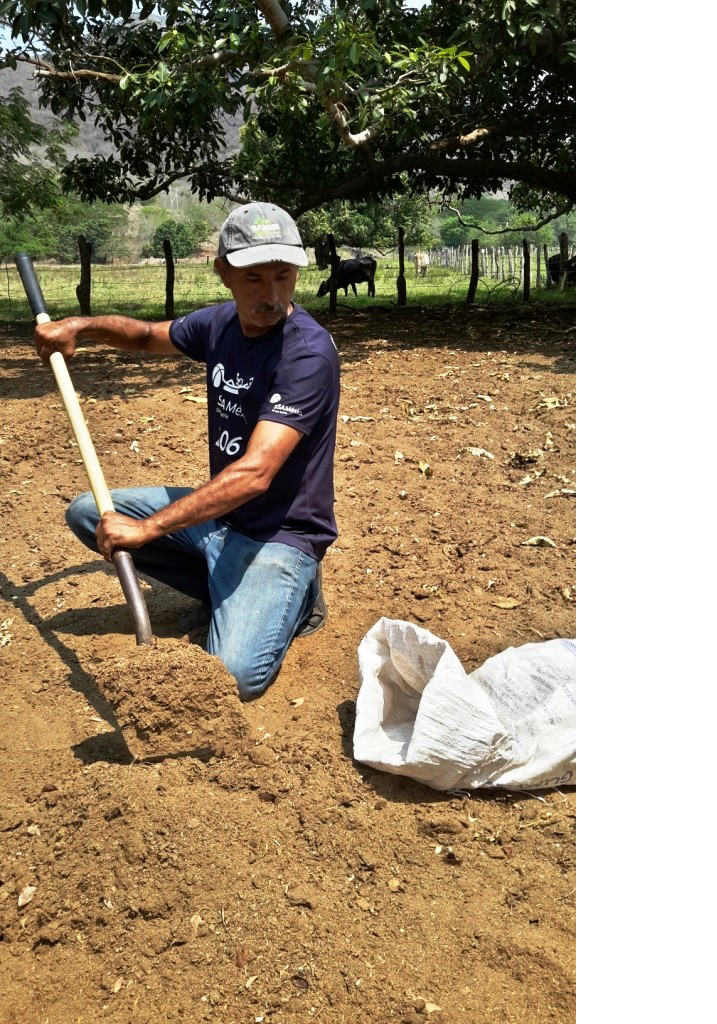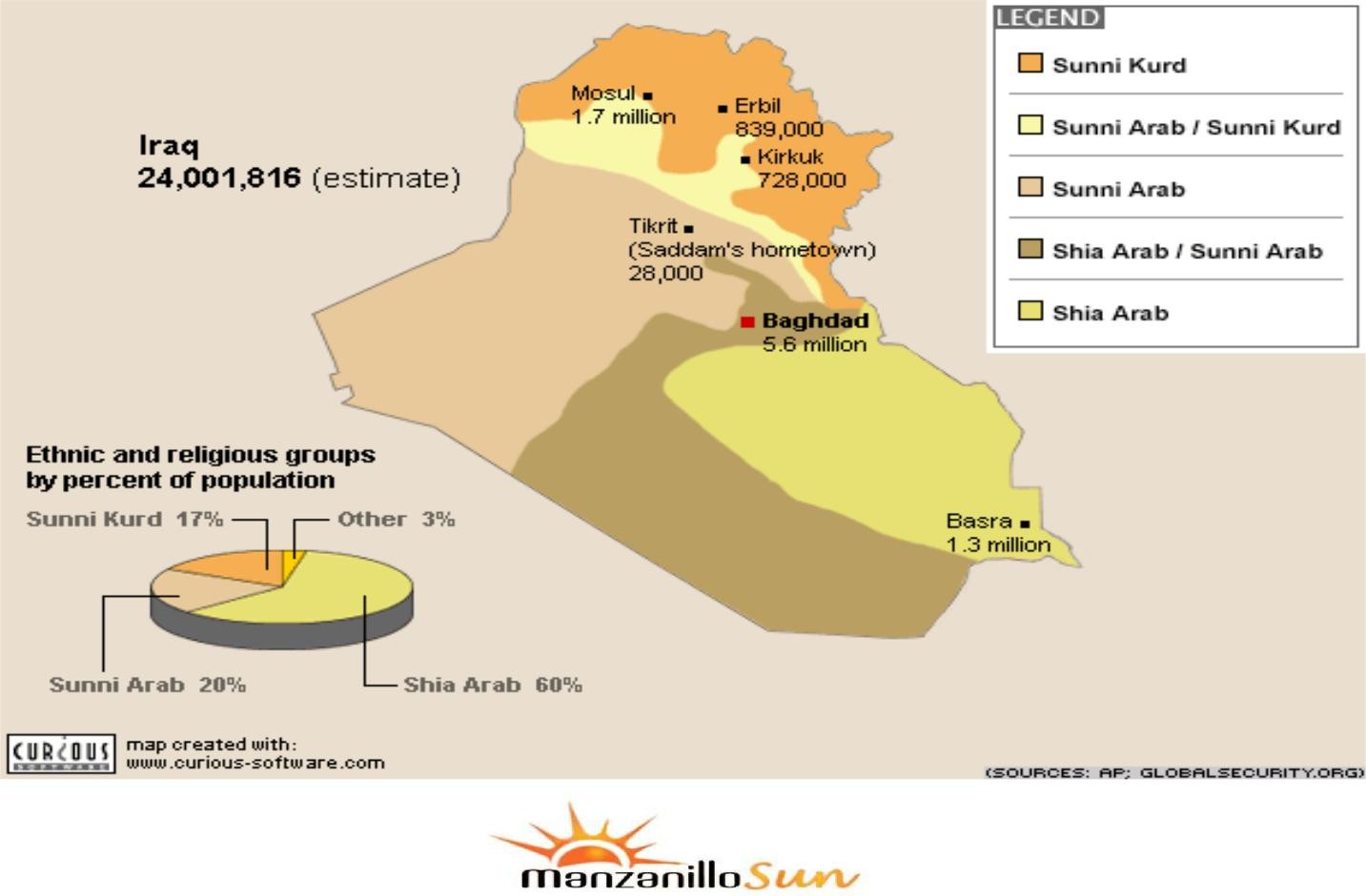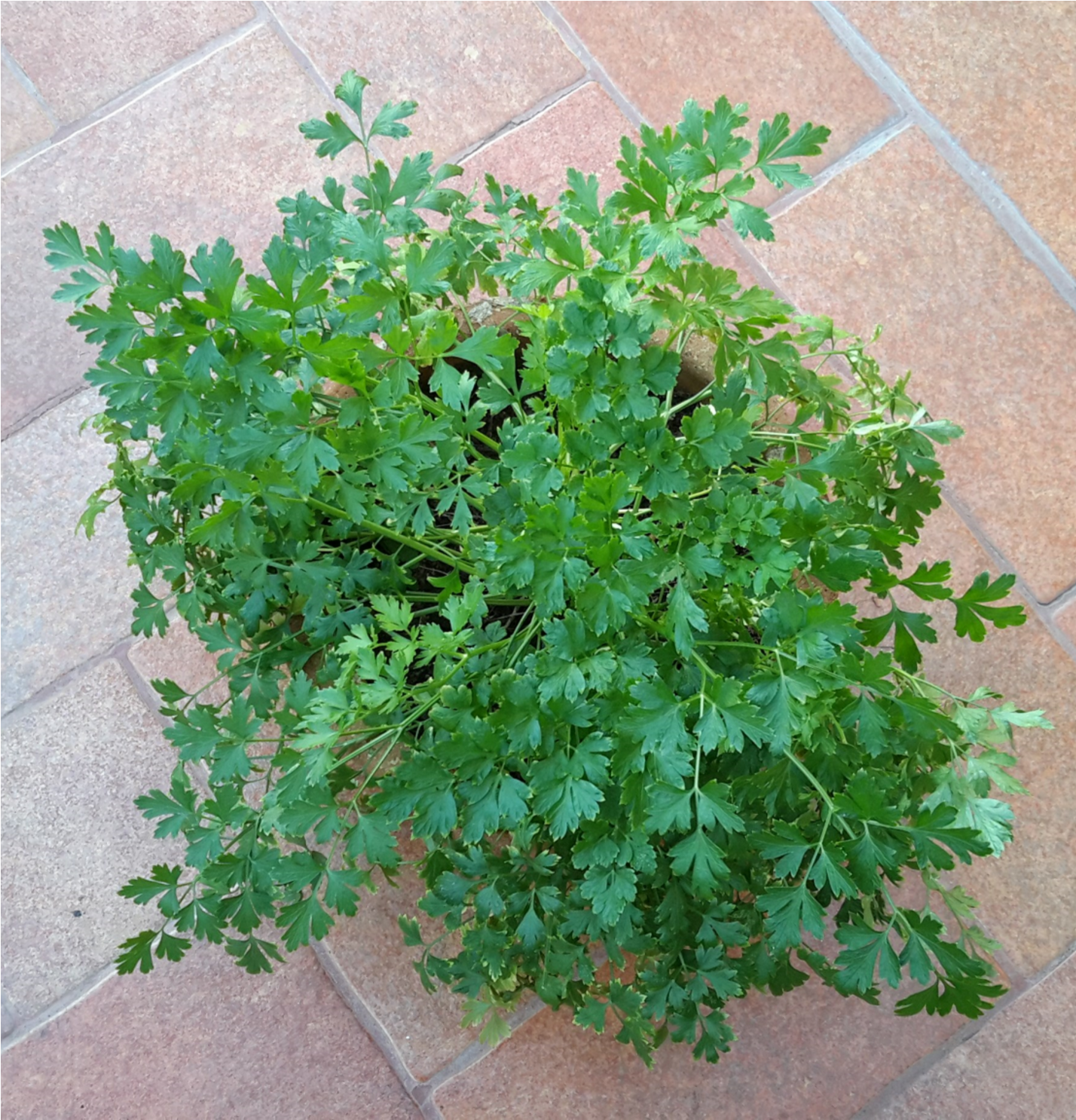By Tommy Clarkson on the September 2019 Edition
Very few of us have “the perfectly balanced” natural soil mix for whatever tree, plant, flower, vine or succulent we’ve just acquired. Hence, it is important to know what our new acquisition might like in the way of additional nutrients. Doing so, we enter the interesting world of plant fertilizers and soil supplements.
One of the most important aspects of this issue lies in those numbers posted on bags or boxes of fertilizer. For instance, if you bought a commercial additive, such as Miracle Gro, you might have noted it was valued at 24-8-16. Now, while recog-nizing that this is, obviously, a rather good chemical nutrient balance for flowering plants and vegetables, exactly of what is this a balance?
Well, those numbers are the NPK values. They represent the three “macro-nutrients” plants, generally, most seek: N Nitrogen, P – Phosphorus and K – Potassium (Potash). I know, potassium doesn’t start with K, but just believe me on this, OK?
But what’s so important about these three? Nitrogen (N) is primarily responsible for leaf growth. Phosphorus (P) is a develop-er of roots and flowers. Potassium (K) is a generalist, helping overall plant functions.
In fact, different plant species like different combinations. In a wholly “ballpark” range, palms prefer a reasonably balanced mix, something like 16-16-16; cycads seem to care more for something around 24-7-8; bromeliads appreciate 18-9-27; and ferns generally like something around a 20-1-20, but tree ferns prefer 26-6-11.
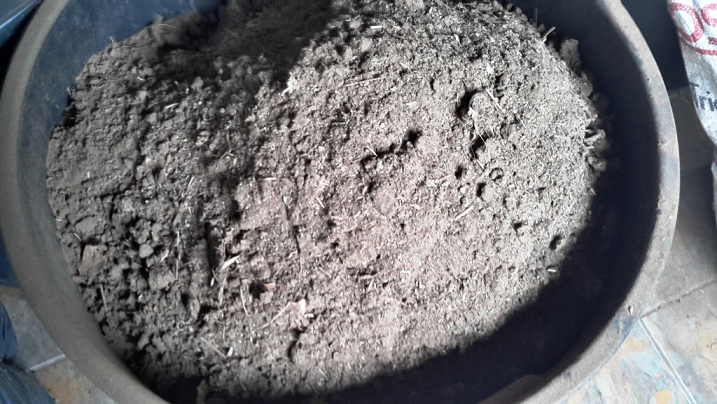
If the fertilizer contains only one of these macro-nutrients, the other values will be “0”. For instance, if it is labeled 0-10-0, then it only contains phosphorus. Obviously, the higher the number is, the greater the concentration of that nutrient will be. Hence 20-20-20 is twice the concentration as 10-10-10.
A bit of a naturalist and financial fuss-budget – which is to say that I can’t afford to buy copious bags of fertilizer we extensively employ dried cow manure.
Why so? Well, dry, composted manure is rich in key nutrients, including various trace elements. I’ve read that its composition consists of approximately 70-80% of the needed nitrogen, 60-85% of the phosphorus, and 80-90% of the potassium as well as other trace elements.
As to its application, it can be mixed into the soil or used as top dressing. We do the latter, applying about two to three inches topside about four times a year, allowing natural, seasonal rainfall, or regular watering, to dissolve and feed the roots.
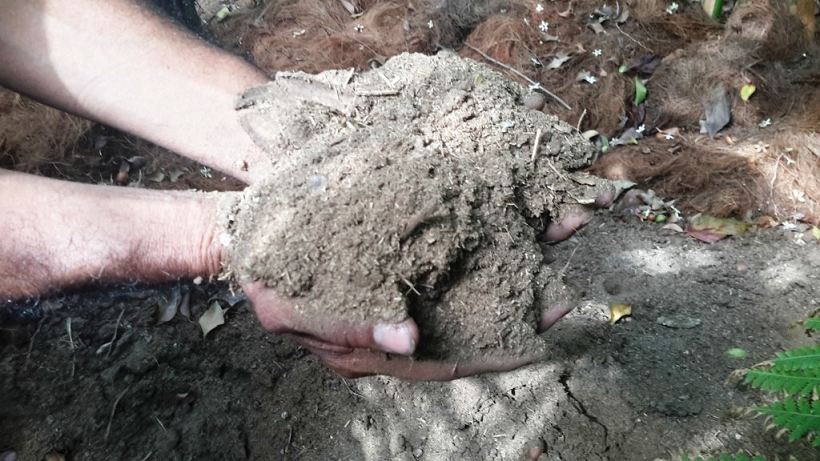
What of other farmyard creatures’, e’rrrrr, “leave behinds??Obviously, the most important point to consider when choos-ing manure is its nitrogen content. The preponderance of common farm animals contains so much nitrogen that it ‘burns’ the plant roots. This renders the leaves brown, as opposed to the sought after, lush and green. Before plant application, these ‘hot’ manures must be composted with carbon-rich materials, like dry leaves or straw.
Seeing that excrement of cattle is the best carbon-to-nitrogen ratio, here is a list of commonly found farmyard manures: cow 25-1; horse 20-1; sheep 15-1; swine 12-1; and, poultry 7-1. (And, yes, for those more inquisitive of you, humankind’s ratio is 10-1!)
The manure of large herbivores, like cows and horses, already has the ideal carbon-to-nitrogen ratio, allowing immediate till-age directly into the soil. These ‘cool’ manures generally contain bits of easy-to-see grass and are crumbly. The ‘hottest’ manures come from omnivores, like chickens and pigs, and have the less than desirable traits of being stinkier and slimier as well not something I care for in my garden!
Relatively speaking, herbivore manure is “cool” and, as a rule, if it is aged a bit, fine for garden use composting.
But, let’s return to those core nutrients. Those three are the proverbial nutrient “meat and potatoes” for healthy tropical plants. But, what else might we offer our leafy friends?
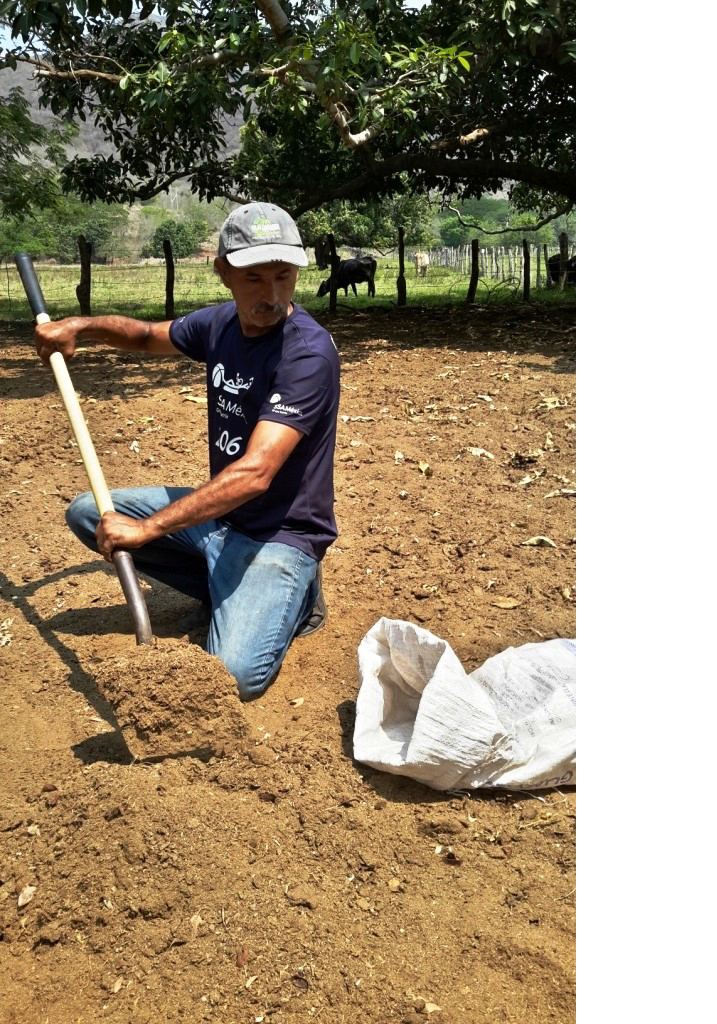
nonchalantly grazes in the background!
Though needed in lesser amounts than nitrogen, phosphorus, and potassium, calcium, magnesium, and sulfur are good secondary nutrients to keep in mind. In locales where the soil is acidic often the case where there is high rainfall these are important in keeping a good soil balance. (And, lime helps maintain a soil pH level, beneficial for plants.)
These six are the most important nutrients in maintenance of healthy soil. Other plant growth essentials include chlorine, iron, manganese, zinc, copper, boron, molybdenum, nickel, oxygen, carbon, and hydrogen. But forgive the “dirty” pun we needn’t get that far into the weeds here and now!
The full edition or view it online
—
Tommy Clarkson is a bit of a renaissance man. He’s lived and worked in locales as disparate as the 1.2 square mile island of Kwajalein to war-torn Iraq, from aboard he and Patty’s boat berthed out of Sea Bright, NJ to Thailand, Germany, Hawaii and Viet Nam; He’s taught classes and courses on creative writing and mass communications from the elementary grades to graduate level; He’s spoken to a wide array of meetings, conferences and assemblages on topics as varied as Buddhism, strategic marketing and tropical plants; In the latter category he and Patty’s recently book, “The Civilized Jungle” – written for the lay gardener – has been heralded as “the best tropical plant book in the last ten years”; And, according to Trip Advisor, their spectacular tropical creation – Ola Brisa Gardens – is the “Number One Tour destination in Manzanillo”.
